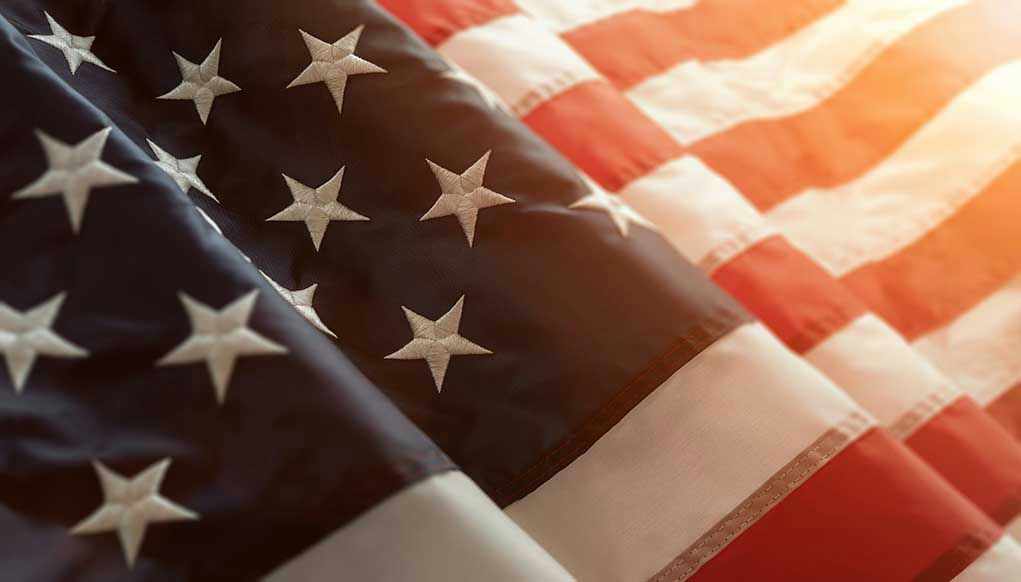
The Pledge of Allegiance, a simple pledge recited daily by millions, harbors a complex history that mirrors America’s evolving identity.
Story Snapshot
- Originally crafted in 1892 by Francis Bellamy, the Pledge aimed to unify a diverse nation.
- Legal battles have shaped its wording, particularly the inclusion of “under God” in 1954.
- Supreme Court rulings have protected individual rights to abstain from its recitation.
- The Pledge continues to stir debates over nationalism, religion, and civil liberties.
Origins and Evolution
Crafted by Francis Bellamy in 1892, the Pledge of Allegiance was initially a tool for promoting national unity, especially among immigrants. It was introduced during a national school celebration organized by ‘The Youth’s Companion’ magazine. Originally, it read, “I pledge allegiance to my Flag and the Republic for which it stands, one nation, indivisible, with liberty and justice for all.” This wording has been revised multiple times, reflecting the nation’s shifting cultural and political landscape.
The first significant change occurred in 1923 when “my Flag” was replaced with “the Flag of the United States” to clarify allegiance for immigrants. A year later, “of America” was added. These changes were driven by the desire to standardize patriotic expressions during a time of growing nationalism. In 1942, Congress officially recognized the Pledge, incorporating it into the U.S. Flag Code, solidifying its role in American civic life.
Legal Challenges and Cultural Impact
The Pledge of Allegiance has not been immune to legal scrutiny, particularly concerning the First Amendment. In 1943, the Supreme Court ruled in West Virginia v. Barnette that students could not be forced to recite the Pledge, a landmark decision for religious freedom and compelled speech. This ruling followed legal challenges by Jehovah’s Witnesses, who argued that mandatory recitation violated their religious beliefs.
The addition of “under God” in 1954, during the Cold War, was a direct response to the era’s political climate. This phrase aimed to distinguish the U.S. from the atheistic Soviet Union, yet it has sparked ongoing debates over the separation of church and state. Legal challenges continue to question whether its inclusion constitutes a religious endorsement, though courts generally uphold it as ceremonial deism.
Current Debates and Perspectives
Today, the Pledge remains a fixture in American schools, though participation is not compulsory. States have varied policies, with some allowing students to opt out for personal or religious reasons. Advocacy groups continue to issue statements around key dates like Flag Day, either supporting or opposing the Pledge’s current form. The debate often centers on the balance between national unity and individual rights.
Different perspectives abound: some view the Pledge as a unifying ritual, while others see it as exclusionary or coercive. Legal scholars highlight its role in defining the limits of compelled speech, while historians emphasize its evolution as a reflection of America’s changing identity. The Supreme Court’s Barnette decision remains a cornerstone of civil liberties, underscoring the importance of individual rights in public life.
Sources:
K20 Learn Pledge of Allegiance Timeline
USHistory.org: The Pledge of Allegiance
First Amendment Encyclopedia: Pledge of Allegiance

